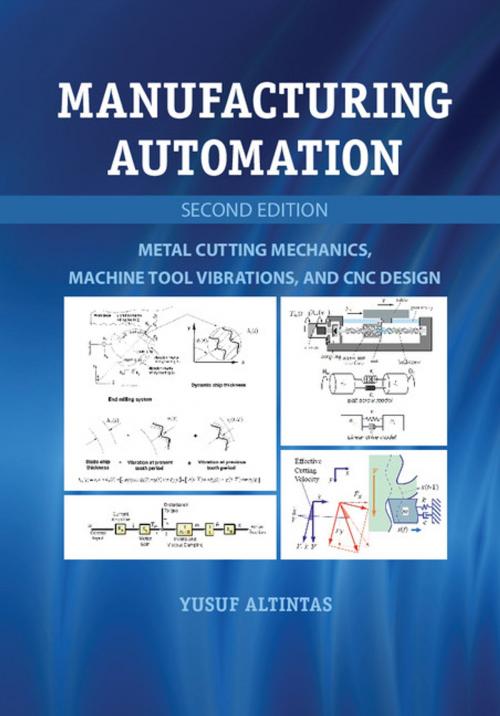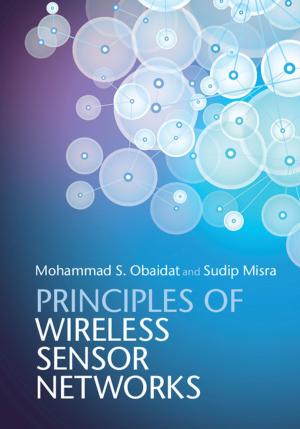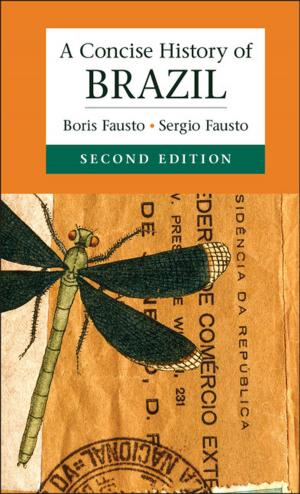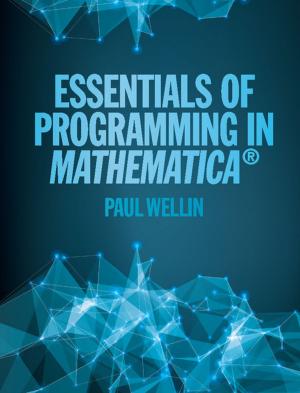Manufacturing Automation
Metal Cutting Mechanics, Machine Tool Vibrations, and CNC Design
Nonfiction, Science & Nature, Technology, Manufacturing, Science| Author: | Yusuf Altintas | ISBN: | 9781107386686 |
| Publisher: | Cambridge University Press | Publication: | January 16, 2012 |
| Imprint: | Cambridge University Press | Language: | English |
| Author: | Yusuf Altintas |
| ISBN: | 9781107386686 |
| Publisher: | Cambridge University Press |
| Publication: | January 16, 2012 |
| Imprint: | Cambridge University Press |
| Language: | English |
Metal cutting is widely used in producing manufactured products. The technology has advanced considerably along with new materials, computers and sensors. This new edition considers the scientific principles of metal cutting and their practical application to manufacturing problems. It begins with metal cutting mechanics, principles of vibration and experimental modal analysis applied to solving shop floor problems. There is in-depth coverage of chatter vibrations, a problem experienced daily by manufacturing engineers. Programming, design and automation of CNC (computer numerical control) machine tools, NC (numerical control) programming and CAD/CAM technology are discussed. The text also covers the selection of drive actuators, feedback sensors, modelling and control of feed drives, the design of real time trajectory generation and interpolation algorithms and CNC-oriented error analysis in detail. Each chapter includes examples drawn from industry, design projects and homework problems. This is ideal for advanced undergraduate and graduate students and also practising engineers.
Metal cutting is widely used in producing manufactured products. The technology has advanced considerably along with new materials, computers and sensors. This new edition considers the scientific principles of metal cutting and their practical application to manufacturing problems. It begins with metal cutting mechanics, principles of vibration and experimental modal analysis applied to solving shop floor problems. There is in-depth coverage of chatter vibrations, a problem experienced daily by manufacturing engineers. Programming, design and automation of CNC (computer numerical control) machine tools, NC (numerical control) programming and CAD/CAM technology are discussed. The text also covers the selection of drive actuators, feedback sensors, modelling and control of feed drives, the design of real time trajectory generation and interpolation algorithms and CNC-oriented error analysis in detail. Each chapter includes examples drawn from industry, design projects and homework problems. This is ideal for advanced undergraduate and graduate students and also practising engineers.















